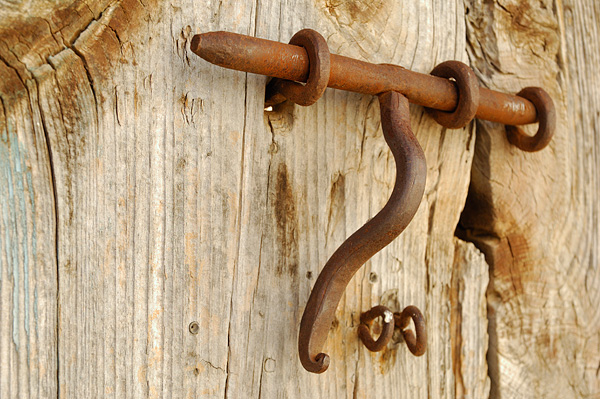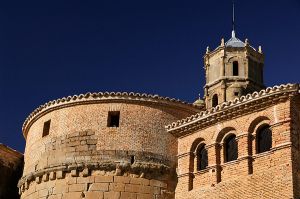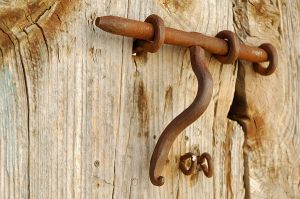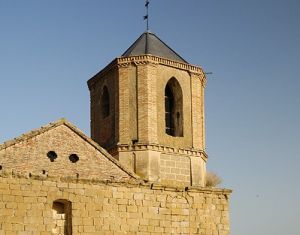Its location is certainly original, since both its historic center and church and the remains of the castle sit on a sandstone ledge, with several enclosures carved from the rock.
Its Romanesque Parish Church of San Juan was renovated in later years. The cemetery, located adjacent to the church, provides the best views of Hoya de Huesca from this perspective.
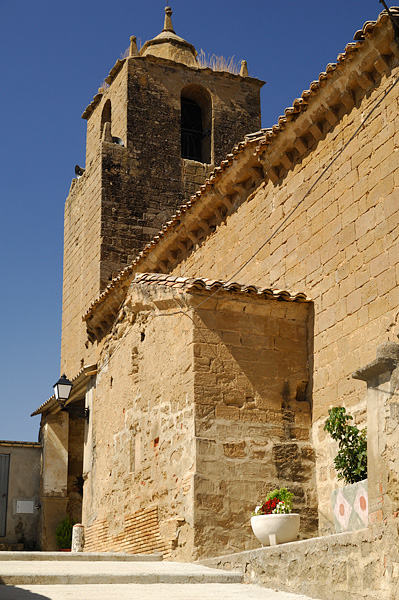
King Peter I of Aragón confirmed that village belonged to the Monteragón Castle and Abbey in 1099. Today it belongs to the municipality of Angüés.
A number of natural and cultural landmarks are nearby: the “piedras fecundantes (fertility rocks)”, sandstone formations attributed to ancient pagan fertility rites, and the village’s old lime kiln.





